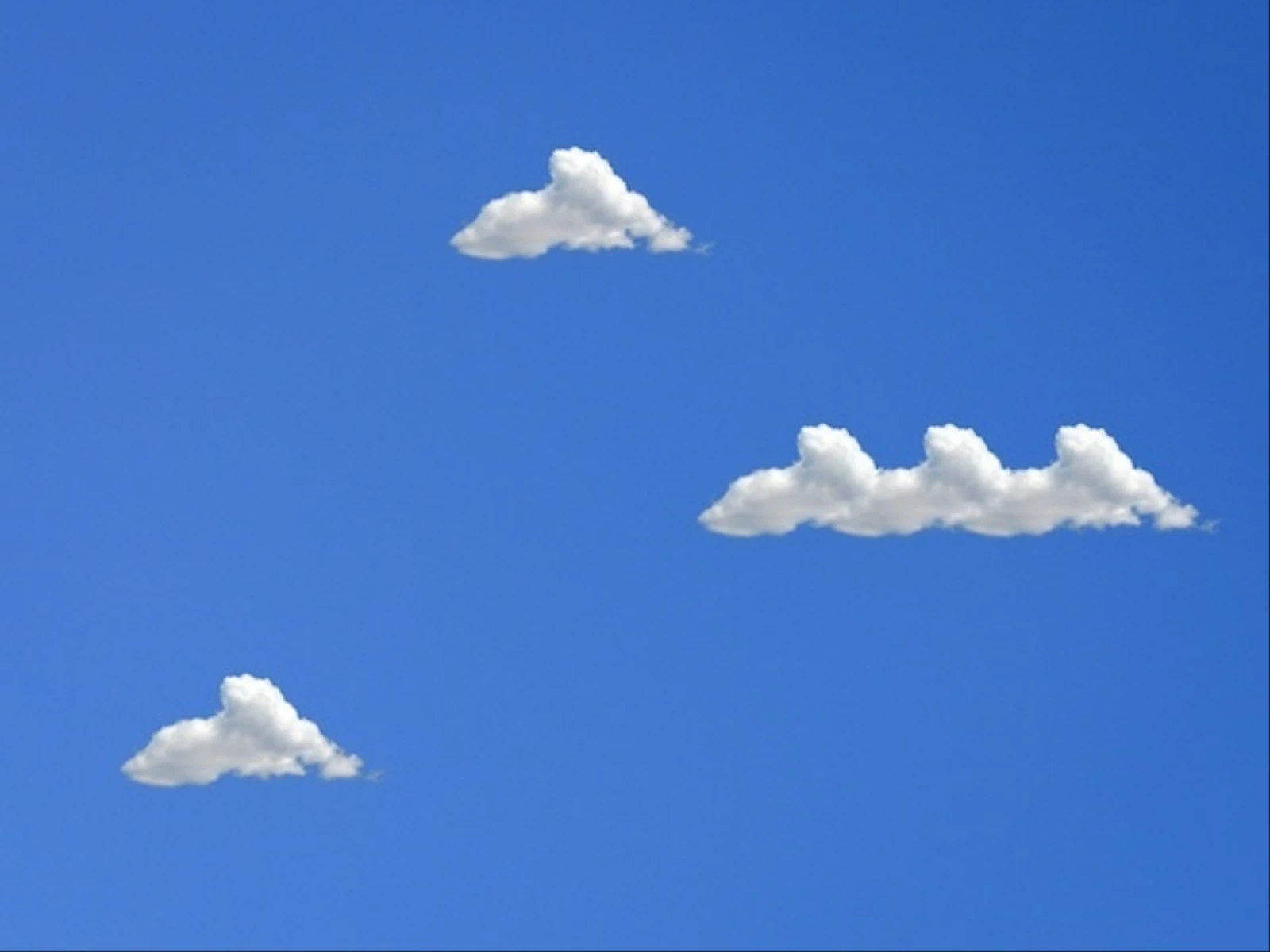The GE Art Program is proud to announce its first gallery exhibition since 2008 to highlight 50 new photographs in the Corporate Art Collection. The exhibition signals a subtle but important change in the direction of the Collection. With an eye to contemporary influences such as technology, social networking and advancements in communication, these photographs provide a well-deserved update to the Collection while complementing and supporting existing artworks. Our relationship with nature is present in these 50 new photographs and consists of essential works from a diverse cross-section of well-established and emerging artists. These photographs represent some of the most innovative and highest quality artworks being exhibited within the contemporary fine art community.
Central to the coordination of the exhibition are several themes that hold a special significance in contemporary discourse: isolation, the human tourist, the footprint created by civilization on its environment, and man’s absurd attempts to control nature. Humankind has played a part in the continuous cycle of destruction and construction. Our influence on the world we inhabit, as well as the people we inhabit, is a journey with outcomes we have yet to fully comprehend. These topics are often are expressed through the use of landscape and forgotten products of our modern-age lifestyles. Photographers like Jeff Brouws, Cedric Delsaux, and Sze Tsung Leong investigate the effects of globalization domestically in the United States as well as internationally. Scenic views are littered with the deserted structures and highways of our post-war hyper expansion. Ghostly buildings emphasize the endless open sky above them and the empty streets beneath. In juxtaposition, Amy Stein’s Untitled (Spiderman) offers the converse approach to self-reflection. A small child in costume blacks out the noisy, eclectic urban landscape surrounding him and invents his own fantasy persona. Despite our geography, our world still offers a spacious release from our endlessly erected lives.
Others have a far more remote and subtle commentary on the human influence. Olaf Otto Becker’s Tripod is an exploration of seclusion. His large-format photography concentrates on one of the few untouched areas of the world: the Arctic north of Greenland. Despite the vast emptiness, his rivers of ice are still impacted by man, their composition changing with the effects of climate change. Becker’s photography objectively captures the scene before him. He is merely a traveller encapsulating the wonders he encounters on film. Stan Gaz’s Origin 5 (Meteor Crater), Arizona, United States and Jesse Chehak’s Primm, Nevada also hone in on the perception of the wandering tourist. Although the crater in Origin 5 features a sightseer’s outlook, the magnitude of the uninhabitable basin is incomprehensible to most who come across it. The Emerald City quality of Primm, Nevada betrays a magical ambience as a glittering casino rises amongst the craggy mountains - a place for weary travelers to rest before they continue on their individual journeys.
Another important aspect of the show is the inherent absurdity of man’s attempt to control nature. David Leventi’s Transfagarasan Highway reveals the absence of common sense, logic, and comprehension of the natural world. The twisty, curly-cued highway lacks all reason as it winds over a Romanian valley. Instead of working with the landscape, engineers instead constructed hairpin turns and cascading pavement across the plain. Youngsuk Suh’s Sunset I’s vibrant landscape is a fantastically saturated representation of nature. Yet, the hazy mist permeating the glowing landscape is not the gentle fog of early morning, but rather the seeping smoke of a wildfire in the distance. Remarking on man’s absurd attempt to manipulate, control, and restrain his surroundings, Suh identifies the many means by which nature can gain the upper hand.
Amongst the enormity of these photographs is the opportunity to revel in the smaller day-to-day experiences – the personal solitude and artifacts we leave behind. Laura Letinsky provides a moment of meditation on the reliquaries of our everyday lives, capturing the leftover materials of our activities, such as eating or entertaining, moments after someone has left the room. Trine Søndergaard allows us to marvel at the craftsmanship and psychological impact of strudes, a traditional garment worn as protection from the elements on the Danish island. Fanø. With faces covered and eyes focused away from the viewer, Søndergaard weaves the subjects’ emotional state into the composition of her photographs, all while reinventing the purpose and process of traditional portraiture.
Our own need to continuously evolve and adapt has led to a number of intriguing inquiries by the artists featured in this show. The resulting work helps build a view of the world that is current, authentic and, at times, provocative. By displaying these pieces at GE, the GE Art Program hopes to create a visual landscape that reflects and supports the values of GE and its employees. These photographs acknowledge our current lives and conditions in a way that we hope inspires the kind of interest, exchange, and dialogue that take viewers beyond their nine-to-five jobs into a limitless world of marvels and things yet to be seen and discovered.

